
The “King of Medicine” Sun Simiao said: “As a physician, one must understand the source of illness, know what has been violated, and treat it with food. If dietary therapy does not cure, then use medicine.” It can be seen that food not only provides essential nutrients for human growth and development but also plays a role in nourishing the body and improving symptoms in Traditional Chinese Medicine (TCM).
Because each type of food has different properties: cold, cool, warm, hot, and neutral, understanding the nature of food and choosing the appropriate food can help the body regulate its constitution and prevent and improve diseases. Conversely, choosing inappropriate foods can exacerbate symptoms of an imbalanced constitution and even lead to illness.
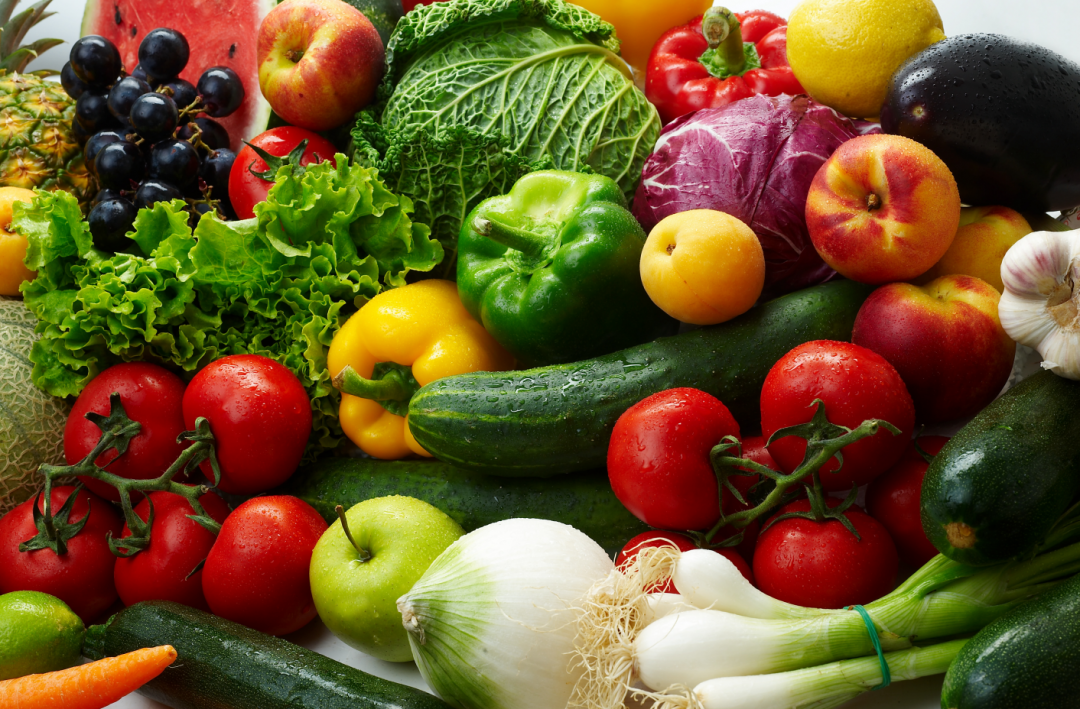
So today, we will learn about the effects of different types of food and how to determine their properties, so that when we choose food in our daily lives, we will know which foods are more suitable for ourselves!
Several Properties of Food
Food is divided into five properties: cold, cool, warm, hot, and neutral, generally classified based on the effects they have on the body after consumption.
1. Cold and Cool
Cold and cool foods mostly have the effects of clearing heat, draining fire, and detoxifying, which can alleviate heat syndromes in the body. People with a hot constitution or suffering from heat-related diseases (such as body heat, dry cough, thirst, yellow phlegm etc.) can eat more of these foods.

2. Warm and Hot
Warm and hot foods mostly have the effects of warming the center, assisting yang, and dispersing cold, which can eliminate cold syndromes in the body. People with a cold constitution or suffering from cold-related diseases (such as wind-cold, runny nose, abdominal cold, vomiting, rheumatic joint pain etc.) can eat more of these foods.

3. Neutral
Neutral foods mostly have the effects of strengthening the spleen, stimulating appetite, and nourishing the body, and due to their indistinct cold or hot properties, they can be consumed by all types of constitutions.

Cool and cold, warm and hot foods have similar effects, but differ in degree of nature.
Having understood the various properties of food, how should we distinguish the properties of each type of food in our daily lives?
How to Distinguish the Cold and Hot Properties of Plants
Generally, we can make a rough judgment based on the color, taste, growth environment, and geographical location of the plants and their fruits:
1. Look at the Color
Green plants are generally closer to the ground or have more contact with the ground, thus absorbing more moisture from the ground, so green plants’ fruits or leaves are mostly cool. For example: mung beans, rapeseed, lettuce, white radish, cucumber, cauliflower, spinach, purslane, fish mint, water spinach, malan head, bamboo shoots, eggplant, celery, amaranth, and so on.
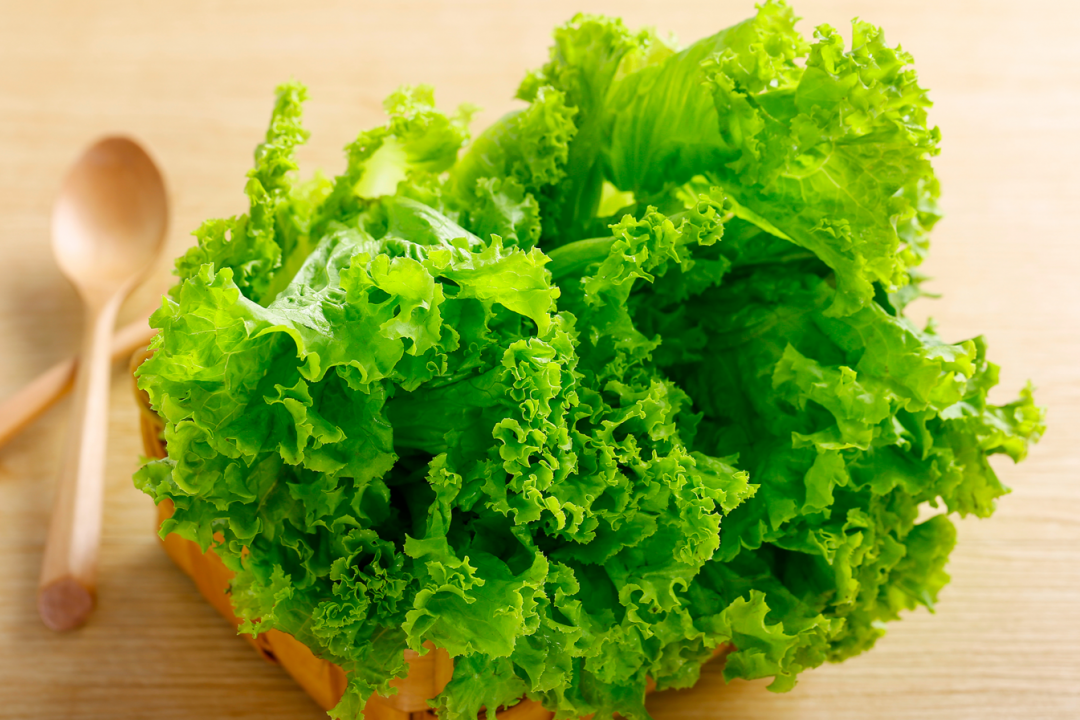
Additionally, plants with red fruits absorb more sunlight, and although they are also close to the ground, most still belong to warm and hot properties. For example: chili peppers, jujubes, pomegranates, saffron, red cardamom, red yeast rice, safflower, etc.
2. Taste
Plants with sweet or spicy fruits are mostly warm and hot in nature, such as: garlic, jujubes, cherries, apricots, lychees, longan, hawthorn, peaches, leeks, pumpkins, onions, sweet potatoes, cilantro, cumin, ginger, grass fruit, etc.
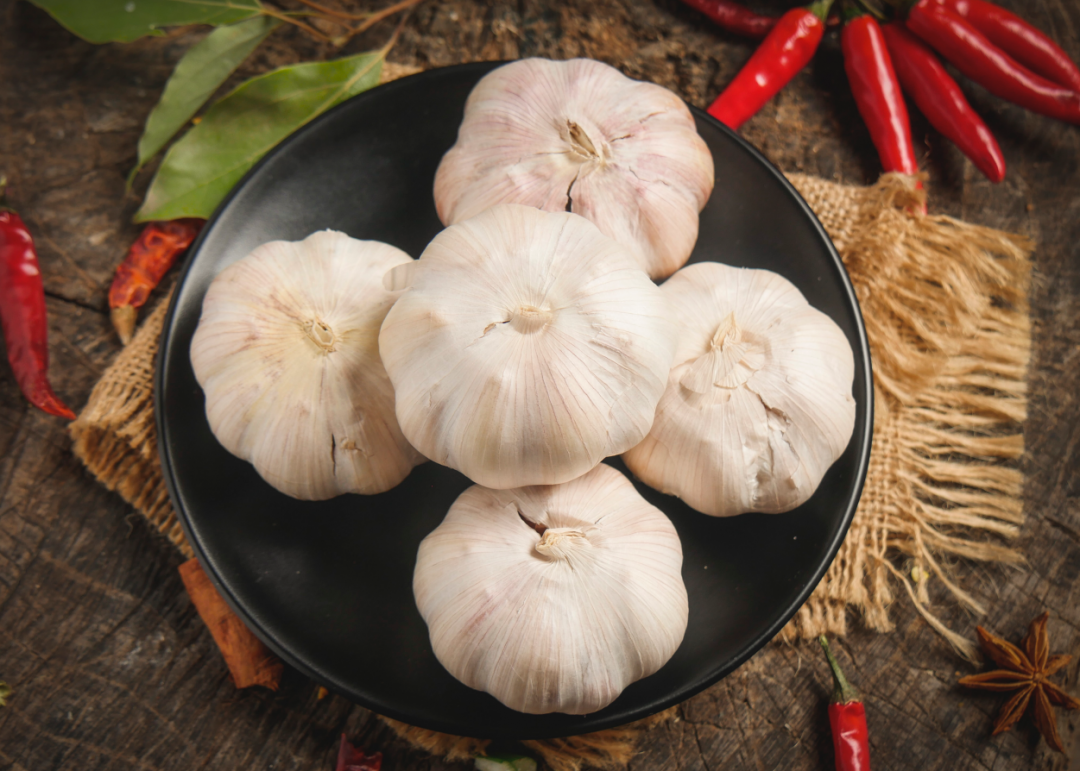
On the other hand, plants with bitter or sour fruits are mostly cold and cool in nature, such as: bitter melon, bitter herb, papaya, lotus seed heart, dandelion, bitter tea, buckwheat, honeysuckle, almonds, etc.
3. Look at the Growth Environment
Plants that grow in water generally have a cold nature, such as: lotus root, kelp, nori, hijiki, water chestnut, and so on.
In contrast, plants that grow in the soil, especially those whose fruits are buried in the soil for a long time, contain less moisture, so they mostly have warm and hot properties, such as: peanuts, potatoes, yams, ginger, sweet potatoes, pumpkins, sword beans, onions, chestnuts, walnuts, etc.
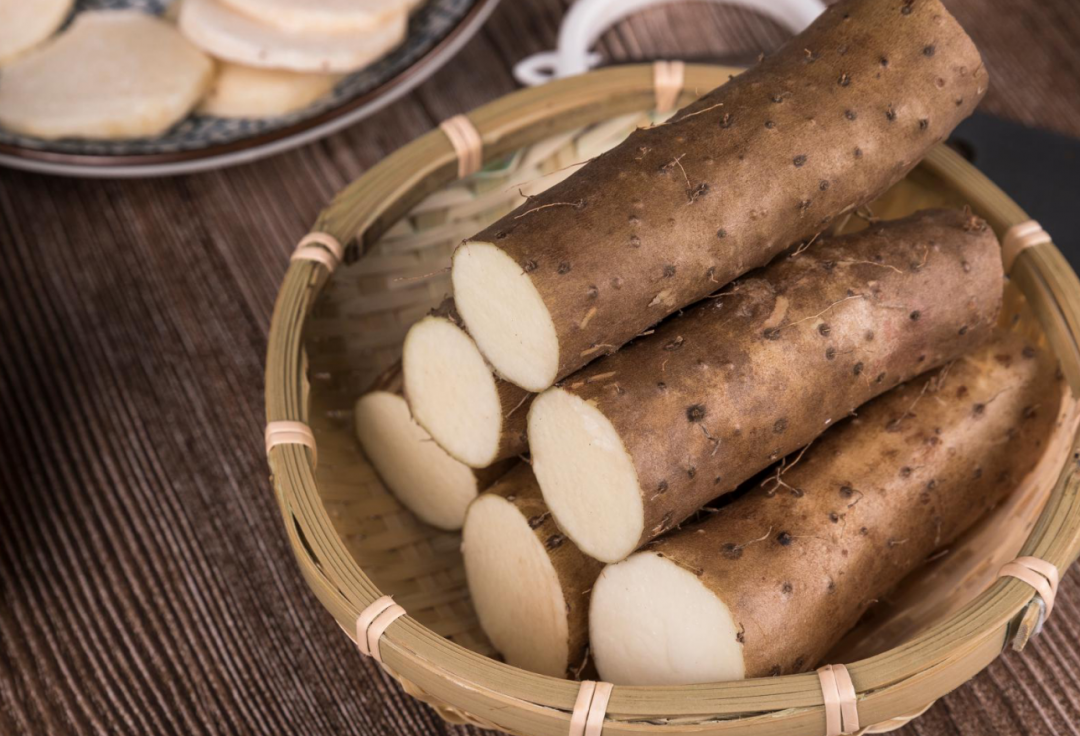
4. Look at the Geographical Location
Plants that grow in shady, north-facing locations receive less sunlight and absorb more moisture, so they mostly have cold and cool properties, such as: mushrooms, silver fungus, and ground vegetables.
In contrast, plants that grow in sunny, south-facing locations, or those with tall stems and leaves, receive more sunlight and energy from the sun, mostly belong to warm and hot properties, such as: mugwort, sunflowers, chestnuts, rapeseed, etc.
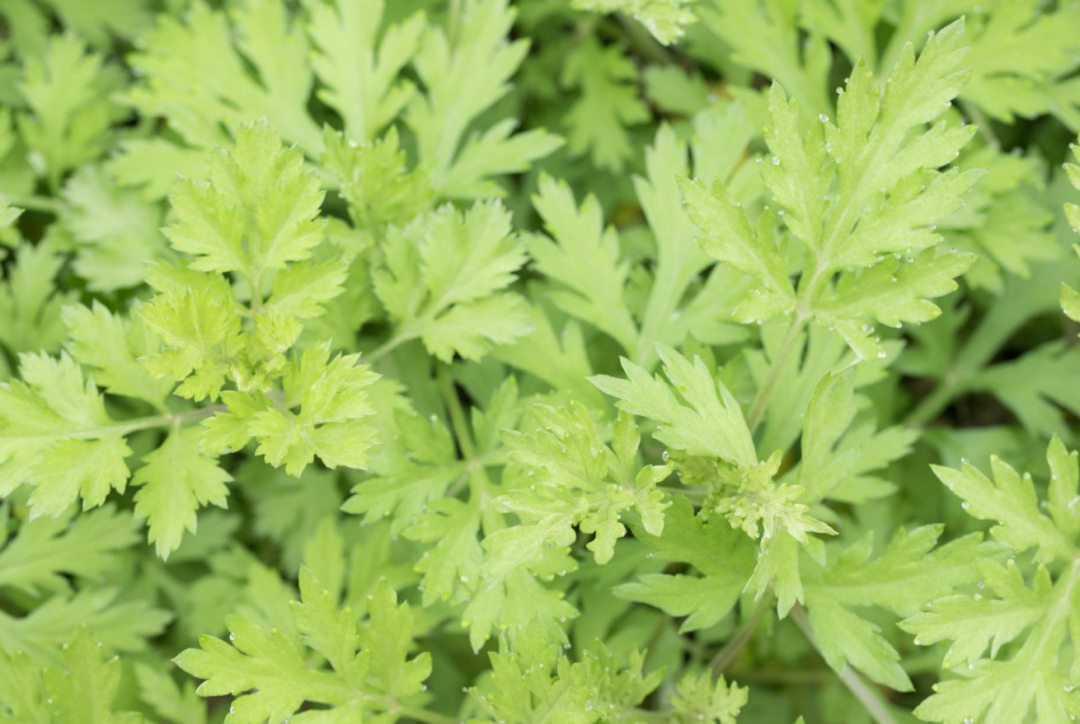
What has been discussed above pertains to the properties of plant-based foods. How should we determine the properties of animal meat foods?
How to Distinguish the Cold and Hot Properties of Animal Meats
In TCM, it is said that “Yin is quiet and Yang is active”. Animals that are active and fast-moving generally have warm and hot meat, such as: dog meat, lamb, etc.; animals that are usually inactive generally have cold and cool meat, such as: snake meat. The faster the animal runs, the greater the heat quality of its meat, for example, dog meat is hotter than lamb.
Additionally, birds that fly have warm and hot meat due to their high activity; while aquatic animals, due to their long-term life in water, which is Yin, most aquatic animals have cold and cool meat.

Pork is quite special; TCM believes that pork is neutral, has the effects of nourishing deficiency, strengthening the body, moistening dryness, and enriching the skin, so it can be consumed by all types of constitutions.

Alright, congratulations! You have now mastered the tips for determining the cold and hot properties of foods! From now on, apply these methods in your life to help your family and yourself eat healthier!
Share with your friends, and don’t forget to “like 👍 + view 👀”, and it would be even better to save 🎁 it for future reference! (If there is anything else you want to know, feel free to leave a comment below!)Share 📨, like 👍, view 👀, and save 🎁 in a four-step process, so you can stay updated with new articles, we certainly don’t want to miss any opportunity to care for you.
————————————————-

↓ Sharing health is a kindness

